A young girl called Tozi stands at the bottom of a pyramid, waiting to be led to the top where her heart will be cut out…
Pepillo, a Spanish orphan who serves a sadistic Dominican friar, is aboard the Spanish fleet as it sails towards Mexico…
This is the epic story of the clash of two empires, two armies and two gods of war. Five hundred desperate adventurers are about to pit themselves against the most brutal armies of the ancient Americas, armies hundreds of thousands strong.
This is a war of gods and men. Dark powers that work behind the scenes of history show their hand as the prophecy of the return of Quetzalcoatl is fulfilled with the arrival of Cortes. The Aztec ruler Moctezuma fights to maintain the demands of the war god Huitzilopochtli for human sacrifice. The Spanish Inquisition is planning an even greater blood-letting.
Caught up in the headlong collision between two gods of war are Tozi, Pepillo and the beautiful sex slave Malinal whose hatred of Moctezuma runs so deep she will sell out her own land and people to destroy him.

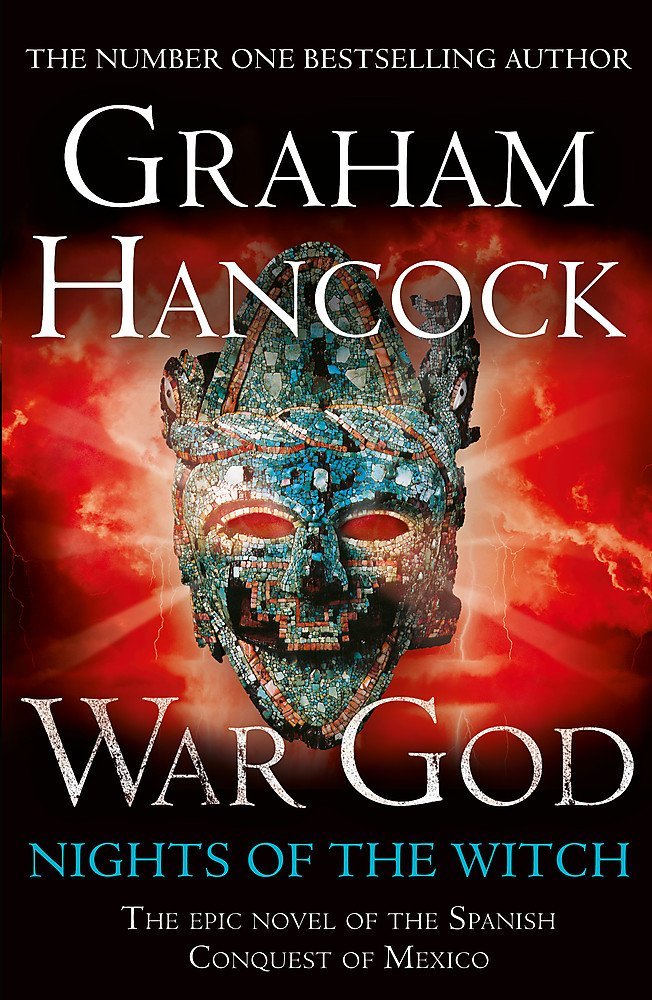

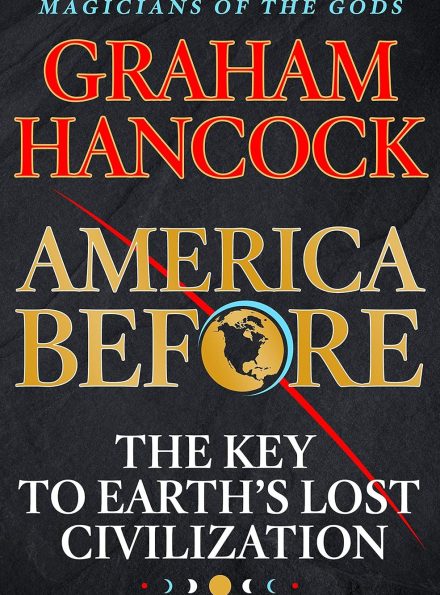
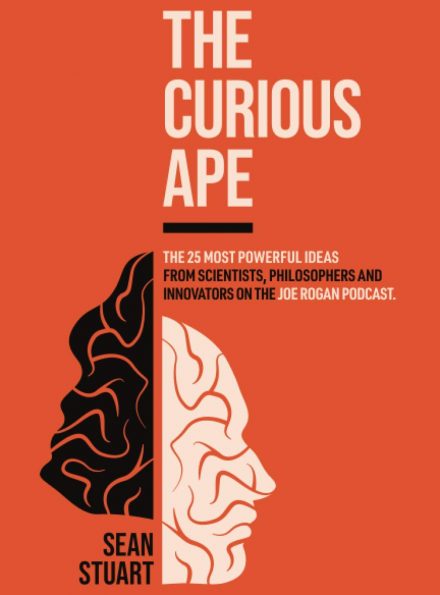

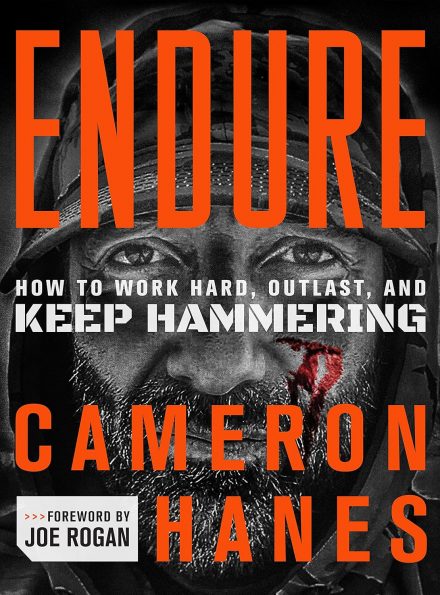
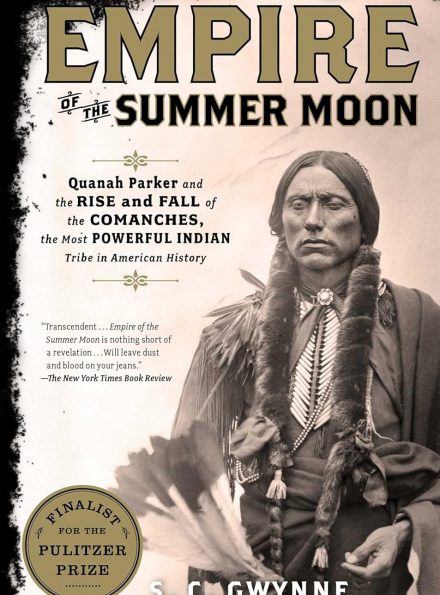
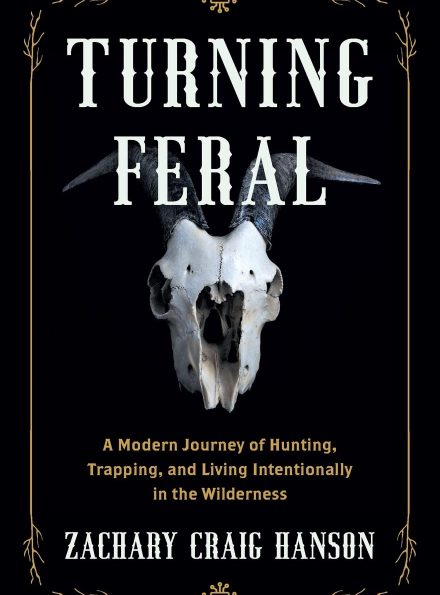
Veeda –
Awesome read. It kept me wanting to hurry up and finish the book so I could start the second one. Lots of history. Never really thought about how Montezuma was like. I know some of the history of the conquest but never read anything on the personality of the king. This book provides a lot of insight and lots of graphic scenes. Worthwhile to read.
Amazon Customer –
Graham Hancock’s War God is a novel about Cortes, the Spanish conquistador, taking over Central America in the 16th century. Although fiction, the author tells most of the story through the eyes of the Mexicas, Aztecs, Mayans, and Tlascans in the 1520s.The book begins with Montezuma tripping out on mushrooms, praying to the god Hummingbird, and sacrificing thousands of people on his pyramid. He is preparing for the return of Quetzalcoatl and wants to be ready. Two of the main characters, Malinal and Tozi, escape to influence history.Cortes sails out of Cuba with a few hundred men under bad circumstances. He brings a priest along who rapes and murders children. Other generals and captains help him first take over Ponchantan by using cannons and guns which the Mayans believe are supernatural powers. They defeat tens of thousands of people with advanced weaponry. Disappointed the city doesn’t have much gold, they loot nearby towns and come up with almost nothing. They find their way to Tenochtitlan and take over instantly. Montezuma believes Cortes is Quetzalcoatl, the plumed serpent god, and doesn’t even put up a fight.My Review: I bought this book because I like Graham Hancock’s work on aliens and Ancient Aliens. I thought the story would have more of a supernatural twist. Tozi, one of the supporting characters, could turn invisible, but that was the extent of magic. The book fits in better with historical fiction.The story was an amazing epic. Hancock researched every angle possible, and put it into a highly entertaining story while teaching the reader about Central American history.I really loved the character of Malinal, a young woman forced into being a sex slave. Tozi the teenage witch was also interesting as she escaped from the sacrifice of Montezuma. Cortes was portrayed as a thoughtful leader who sought new lands and gold.I really enjoyed the book, but I do have one criticism. Hancock can get very wordy per my reading tastes, especially in battle scenes. Otherwise, this was a terrific read for anyone who loves history.4.5/5 Starshttp://dinaraeswritestuff.blogspot.com/
Gsorme –
I approached this one with caution and came away impressed, glad to have read it, and looking forward to the sequel. It’s a fascinating and occasionally breathtaking novel. Hancock has a knack for writing compelling fiction. It’s funny: often when people write reviews of his non-fiction books they’ll say they read like good thrillers. This one is compelling as fiction but also had enough historical detail to keep me interested beyond the plot and to make me think about the Spanish conquest of Mexico in a different light. I was very grateful for the endnote by Hancock giving an overview of the types of “fictional” elements he introduced into the book (such as combining a couple of historical events into a single event in order to keep the appropriate pace for a novel) because this clarified things and allowed me to come away from the book with a deeper overall understanding of that period in history–which Hancock really does bring alive. Granted, this is Hancock’s take on it–even non-fiction historical books have an author’s “take” on events–but it seems to be a very well-informed take. Mixed in are supernatural elements and hints of the non-orthodox elements of history that Hancock is known for investigating in his non-fiction. For me, the blend was good.It’s not a perfect novel. For example, the style of switching perspective from character to character from short chapter to short chapter was a bit jarring at first; I found it unnecessary and it ended up taking me out of the narrative for a few short moments. (Perhaps this was done to “hit the ground running” and introduce the large cast of characters and plot threads quickly; still, for me it was too much at first.) However, this stylistic approach shifts as the book goes on; the sequences become longer and occasionally blend together. Ultimately this worked, especially given the large cast and numerous plots the book juggles. If it hadn’t worked, I would’ve put the book down; as it was, I did end up turning pages (on my Kindle) rather quickly and not getting bored.There is an immense amount of blood and gore. Very graphic. I won’t pass judgment on it. It did give a pretty visceral impression of the whole human sacrifice element of the Mexica and other peoples, and of what battle was probably like at the time. Character-wise the book is diverse and interesting. There are a few semi-saccharine moments and lightly-drawn characters, but in general all are developed to help drive the story forward and to offer possible insights into their historical counterparts.Ultimately I guess we could call this a “sprawling epic,” one that wraps up the first part of its story at the end but leaves a huge section to be developed in the next installment. I hope we don’t have to wait too long. As I said at the beginning of this review, I didn’t really know what to expect from this book but it really was quite fluid, exciting, surprising, and enlightening. Very impressive.
Jeremy Strong –
Captivating, devastating, exhilarating!
Excellent read! Very violent and at times hard to stomach but well worth it. I love learning through story and though I am aware this is a non fiction, it manages to provide great insight into a very dark and important event in our history. Loved it, have just ordered the next one! Can’t wait to continue the journey 🙂
Liam –
An Enthrallingly Historic and Thrillingly Accessible Masterwork.
Thankfully, the reviews herein are reflective of the novel – hence why I purchased it (and the second, waiting eagerly for the third!)Graham Hancock’s epic novelisation of the Spanish invasion and conquest of Mexico is a masterwork in all respects: it melds historical factuality and levelled appraisals of its real personalities with an enveloping fictional narrative, bolstered by an informed nod to the supernatural, which is never to the deficit of the non-fictional event sequence, though minor tweaks are made and referred to in the afterword.The historical setting of the story is half a millennia ago, when a cavalier captain, Hernán Cortés, set off to the ‘New Lands’ of South America from recently Spanish-conquered Cuba, against the will of his Governor. Cortés is driven by fame and fortune in this life and the next. He has a close communion with his patron saint and sees the attempt to conquer newer lands as destined to succeed for it is deigned by, and in the name of, God.The empire dominating the New Lands are known to us as the Aztecs, to themselves the Mexica: a grand and ghastly, proud and excessive empire—as all tend—which exerts its power well beyond its own borders, extracting tribute from many other much weaker peoples. The leader of the Mexica, its ‘Great Speaker’, is Moctezuma, essentially a king whose privilege it is to commune with the War God, Hummingbird, and who commands total respect and subservience from his subjects.The Spanish are set on finding the fabled city of gold in Tenochtitlan, modern-day Mexico City. They must conquer or cajole or bargain with the indigenous to secure a path there, facilitated by Malinal’s translation and the godly aura clouding the Mexica and Maya’s view of the Spanish’ arrival, which they play along with to their advantage. The military encounters between them are as savage as are the diplomatic encounters courteous; both sides learn of the capacity of the other to be both unsparingly vicious and surprisingly civil. Nevertheless, Hancock is unsparing in his characterising the brutality of both, which makes for perfectly feasible accounting of what is an often too simplified or valorised epoch. On the Spanish account, whole villages were burned to fiery ruin, women raped, children unspared. The Mexica found its infamy and renown in human sacrifice, which was as regular as it was rife, but otherwise was much like the archetypal empire, overzealous and overstretched, meeting a fate which was not due to their being undermanned, but outmanned and overwhelmed by better tactics and technology. This latter point is something about which Hancock writes brilliantly: the fear felt by the indigenous when first encountering cannon (“fire serpents”), men on horseback, described as half-man half-beast, and boats that “move without paddles.”Hancock’s research into the lives lived, thoughts thought and beliefs believed by both the Spanish and indigenous has informed these novels. One can, despite their being opposed in total war, empathise and sympathise with both sides, since Hancock shows the stark similarities between them, despite being balanced by equally stark dissimilarities. For example, when each approach their Gods in altered states of consciousness: Cortés in lucid dreams, Moctezuma by way of magic mushroom, Father Muñoz by flagellating himself into a lurid ecstasy, etcetera. Likewise with the absolute tenacity the fearsome warriors of each side confront the other with; the pride of the victories and the shame of defeats.What most grasps me about this book, though, is its truth: this actually went down! Hancock’s descriptions of pitched battles, of human sacrifice, of the misery left in their wake rightly leaves some to your imagination, but without letting it get away thinking that these conquests were in any way pretty, or wholly noble, or in any sense humane. You learn much from this book in history and in philosophy—and Hancock doesn’t force either down your throat. The novelist’s task is not to tell, but to show; this Hancock heeds expertly. The novel flows smoothly in a gripping narrative canvassing history, politics, action, love and the supernatural. I couldn’t recommend it more eagerly.
Ryan Dee –
Can’t wait for the next one!
I’ve been a casual fan of Graham Hancock for many years but particularly so after his last non-fiction book Supernatural. I really feel he is one of the most eloquent speakers on ayahuasca and how our personal sovereignty and cognitive liberty is imposed on by the so-called “War on Drugs”.While I’m normally strictly a non-fiction reader, listening to Graham talk about the premise of the book was enough to get me interested, and I definitely was not disappointed!The story and characters are very engaging and the inter-locking story-lines, multiple point-of-view characters, and generally short chapters make this 500+ page book a breeze to read.The historical attention to detail (what Graham is mostly known for in the non-fiction world) is fascinating and I often found myself going online to read more about some of the characters and events. (be careful though, this could spoil the plot!)It should be noted that this is not simply a historical fiction (of which it’s a great one) but also a historical fantasy. The book contains elements and magic and mysticism which helps to round out the characters as these were important and commonly held beliefs of the cultures in question, however if you are a person who dismisses these things out of hand (even in a work of fiction) it could be a potential turn off. The book is also not for the squeamish as it’s quite a bloody tale, but for anyone that has even basic knowledge of the events the book is based on this should come as no surprise.I noticed the ink would slightly smear on numerous pages and the overall build quality makes me think the book could be in pretty rough shape after it gets back to me from all the people I’m sure it will be lent to, but I chose not to fault the author and base my rating entirely on the story itself.In conclusion, I can hardly wait for the next book in the series and am thankful to Graham not only for a wonderfully entertaining book, but also for reigniting my interest in fiction in general.
Valentina Forno –
good but not great
When I bought it I didn’t understand that the book was a trilogy so at the end I was very disappointed because…well, it didn’t end!Even more disappointing was the fact that it hasn’t been a memorable read so I won’t bother buying the other 2 books. The only book from Graham Hancock I really enjoyed has been Fingerprints of the gods, I’ve attempted other 2 books by him but I didn’t like them very much unfortunately.
Passenger1147 –
Face paced, gripping and highly enteraining.
This is a fantastic historical novel – the first of three volumes – about the Spanish conquest of Mexico. Like Graham’s last book ‘Entangled’ this book is over flowing with interesting, exciting and extremely gripping story lines and ideas. While Graham is better known for publishing non-fiction books about his investigations into ancient civilations, supernatural realms, etc, his two debut novels prove him to be an amazing novelist. His novels are hard to put down, full of action and adventure and do an amazing job of putting you in the scene. Every segue and chapter leaves an incredible impression and wanting more! Graham does a great job of telling an exciting story from our past while filling in blanks with different ideas of what might have took place.Graham’s writing style is usually short, fast-paced chapters that switch between various points of view of the story. This style makes for a very enjoyable read.Finishing ‘War God’ has left me desperately wanting the next installment!I highly recommend his other novel “Entangled”, and non-fiction books “Fingerprints of the Gods”, “Supernatural”, etc.